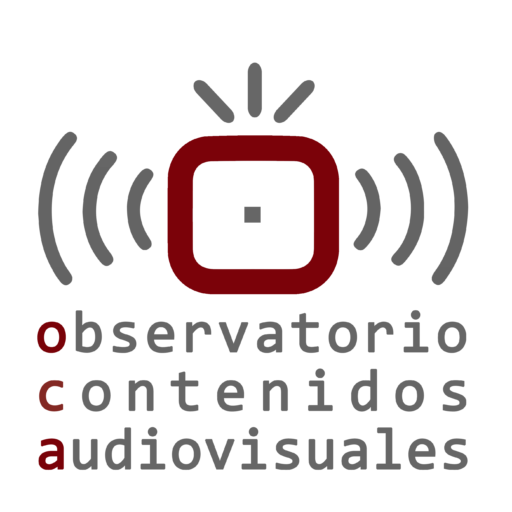Project PID2021-122655NB-I00 funded by:
Project | WorkTeam | Studies | Results | Partners | Contact
Transitional characters in Entertainment-Education narratives designed to reduce prejuice against inmigrantes: Attributes, boundary conditions and explanatory mechanisms.
Migration has consolidated its presence in Spain and in the European Union (EU). As a result, European countries will experience greater ethnic and cultural diversity, which should foster the development of inclusive societies. However, the persistence of xenophobic attitudes, discrimination and racism constitutes a significant challenge to the full integration of migrants.
TranChar aims to study the effects of different features of fictional audiovisual Entertainment-Education narratives to reduce prejudice towards immigrants, one of the most stigmatized groups in Spain and Europe.
BACKGROUND
Societies are not inclusive by default; it is a process that must be encouraged from different institutional levels to reduce negative attitudes, rumors and stereotypes about immigrants as well as hate speech to facilitate integration and social cohesion. In this context, the TranChar project arises with the purpose of designing inspiring narratives to reduce prejudice against immigrants
This project is part of what is known as Entertainment-Education: the inclusion of educational content with the aim of increasing knowledge about a subject, generating positive attitudes towards a certain behavior, modeling prosocial norms or provoking behavioral changes (Moyer-Gusé, 2008[1]; Wang y Singhal, 2021[2]).
WHAT TRANCHAR CONSIST OF
The main idea behind TranChar is that Entertainment-Education messages are promising tools to bring about changes in beliefs, attitudes or behavior. Under this perspective, audiovisual fiction narratives with an Entertainment-Education component could serve as a large-scale “vaccine” against racism and xenophobia.
Following existing theories on Entertainment-Education and narrative persuasion, the project fills two major knowledge gaps: (1) on transitional characters, those whose attitudes or behaviors towards a given topic (here, immigration) change throughout the narrative plot; and (2) on the mediating role of psychological insight in the impact of Entertainment-Education audiovisual fiction narratives focused on reducing prejudice towards immigrants.
The process of psychological insight or inner enlightenment means becoming aware of a given issue, leading to “eureka” or “Aha!”. Psychological insight is a sudden realization that may result in a new interpretation of a situation and may point to the solution to a problem.
(Kounios & Beeman, 2009[3]; Oliver et al., 2021[4]; Shen et al., 2016[5])
In TranChar we will work with audiovisual fiction narratives of Entertainment-Education. We will analyze the impact of certain characteristics of the messages, in particular, on the plot, the dialogues and the characteristics of the main characters. In addition, the moderating role of certain characteristics of the participants, of the people who will be exposed to these audiovisual fiction pieces, will also be evaluated. Finally, the mediating mechanisms that explain the persuasive impact of audiovisual fiction with a pro-social and inspirational component will be analyzed. TranChar uses experimental methodology and within the framework of the project, three independent studies will be carried out using representative samples of the Spanish population. In doing so, we hope to provide innovative insights into narrative persuasion, Entertainment-Education and the impact of inspirational messages. As an applied objective, this project will advance the design of effective strategies to reduce racism and xenophobia through short fictional audiovisual messages that disseminate their persuasive message in a subtle and incidental way.
[1] Moyer-Gusé, E. (2008). Toward a theory of entertainment persuasion: explaining the persuasive effects of entertainment-education messages. Communication Theory, 18(3), 407–425.
[2] Wang, H., & Singhal, A. (2021). Theorizing entertainment-education: A complementary perspective to the development of entertainment theory. En P. Vorderer, & C. Klimmt (Eds.), The Oxford handbook of entertainment theory (pp. 819-838). Oxford University Press.
[3] Kounios, J., & Beeman, M. (2009). The Aha! moment: the cognitive neuroscience of insight. Current Directions in Psychological Science, 18(4), 210-216.
[4] Oliver, M. B., Raney, A. A., Bartsch, A., Janicke-Bowles, S., Appel, M., & Dale, K. (2021). Model of inspiring media. Journal of Media Psychology, 33(4), 191-201.
[5] Shen, W., Yuan, Y., Liu, C., & Luo, J. (2016). In search of the ‘Aha!’experience: Elucidating the emotionality of insight problem‐solving. British Journal of Psychology, 107(2), 281-298.



